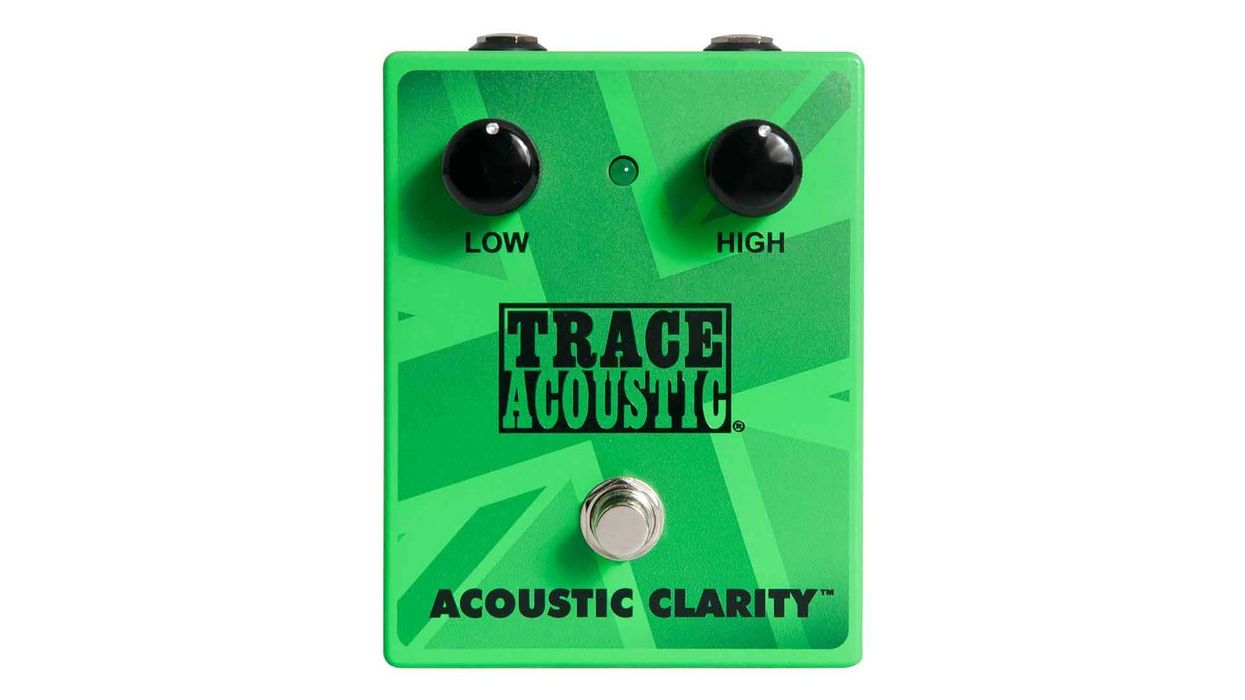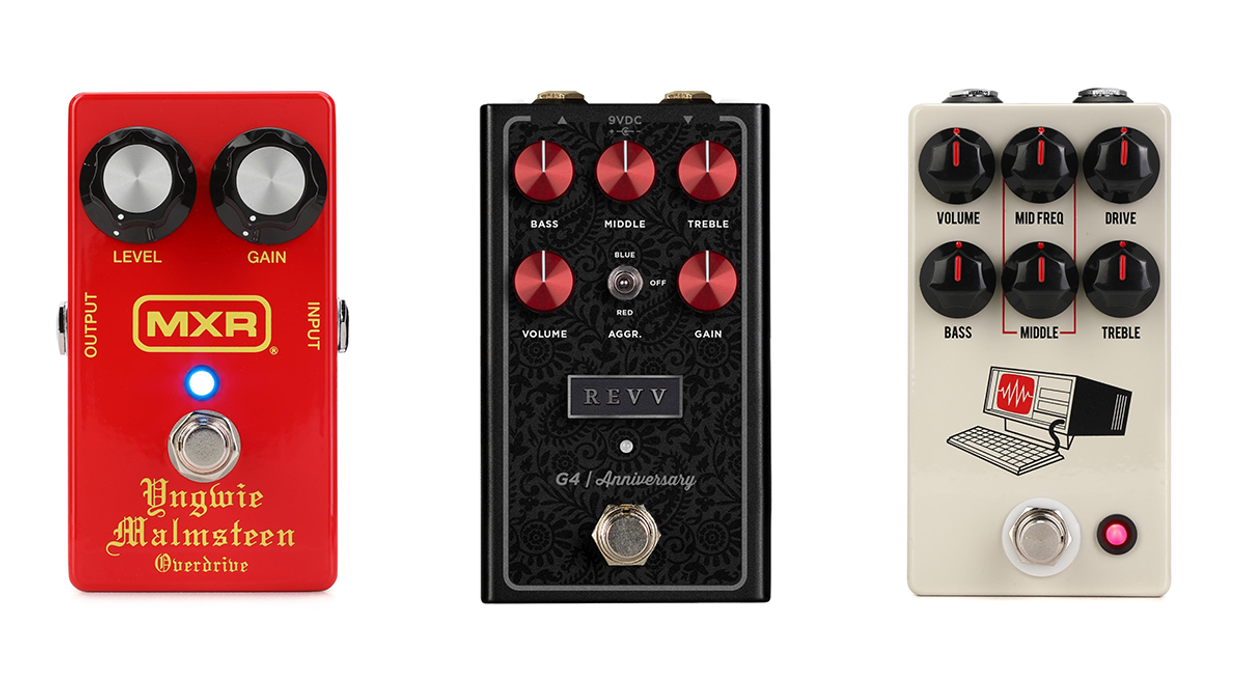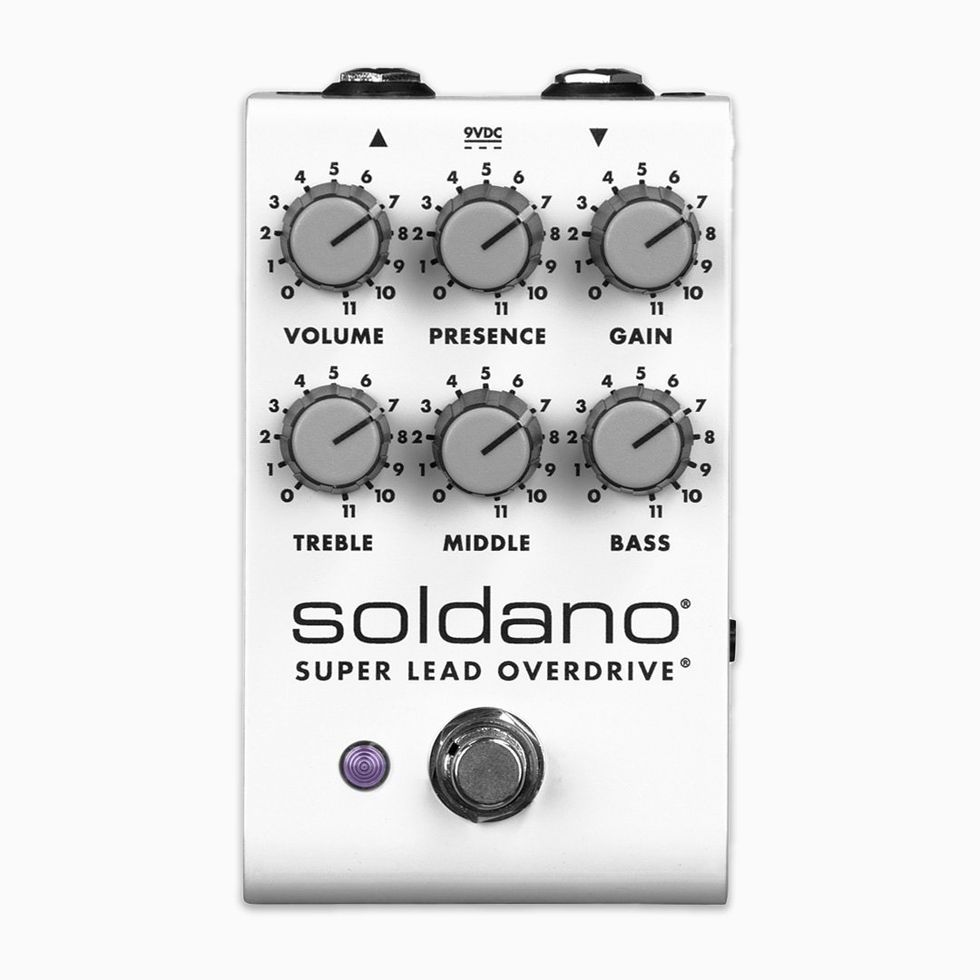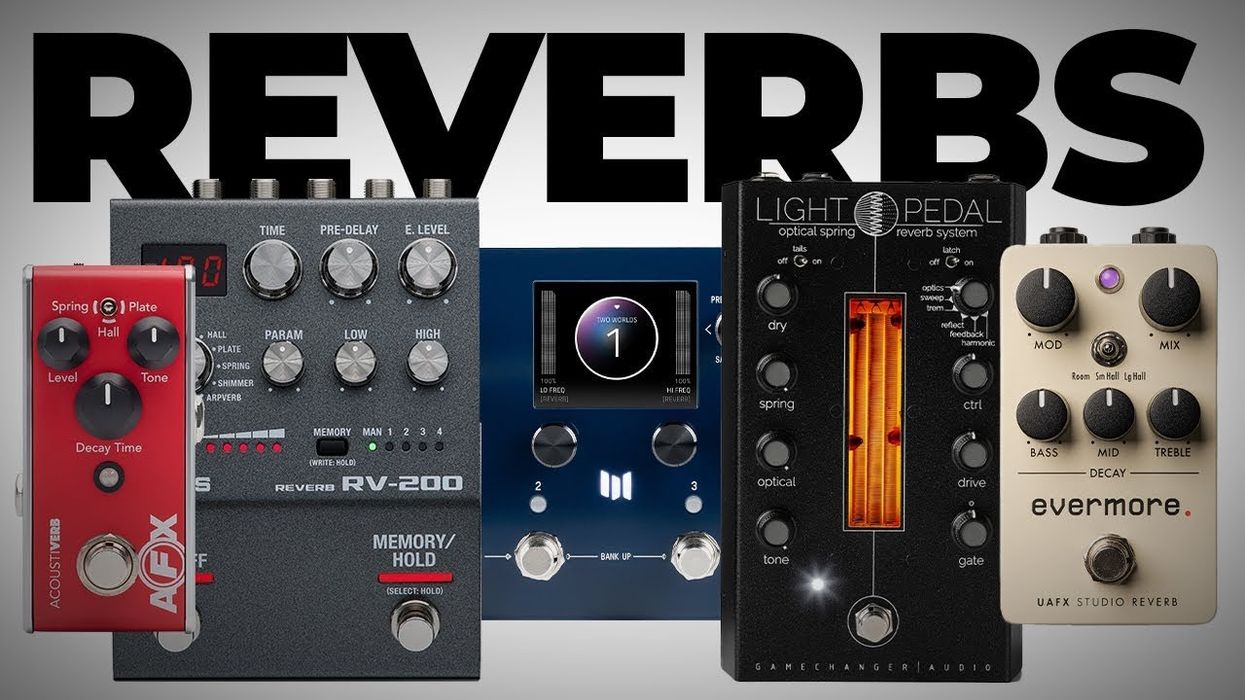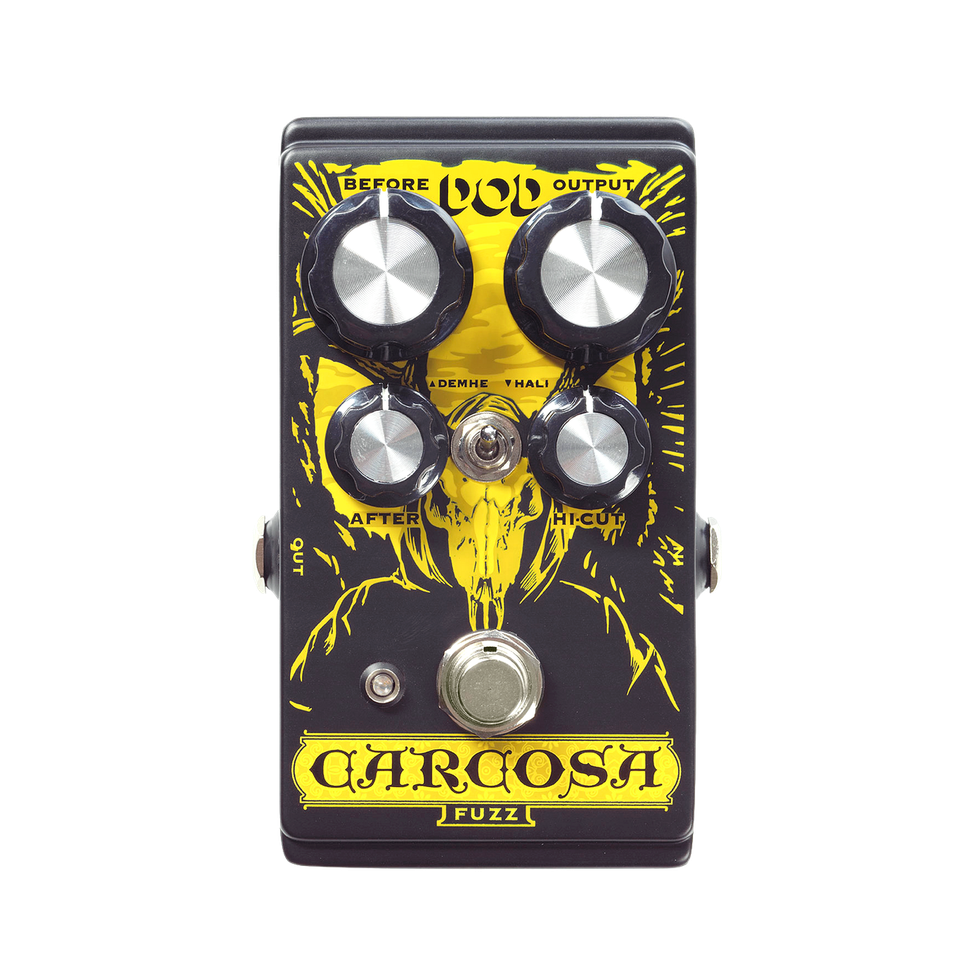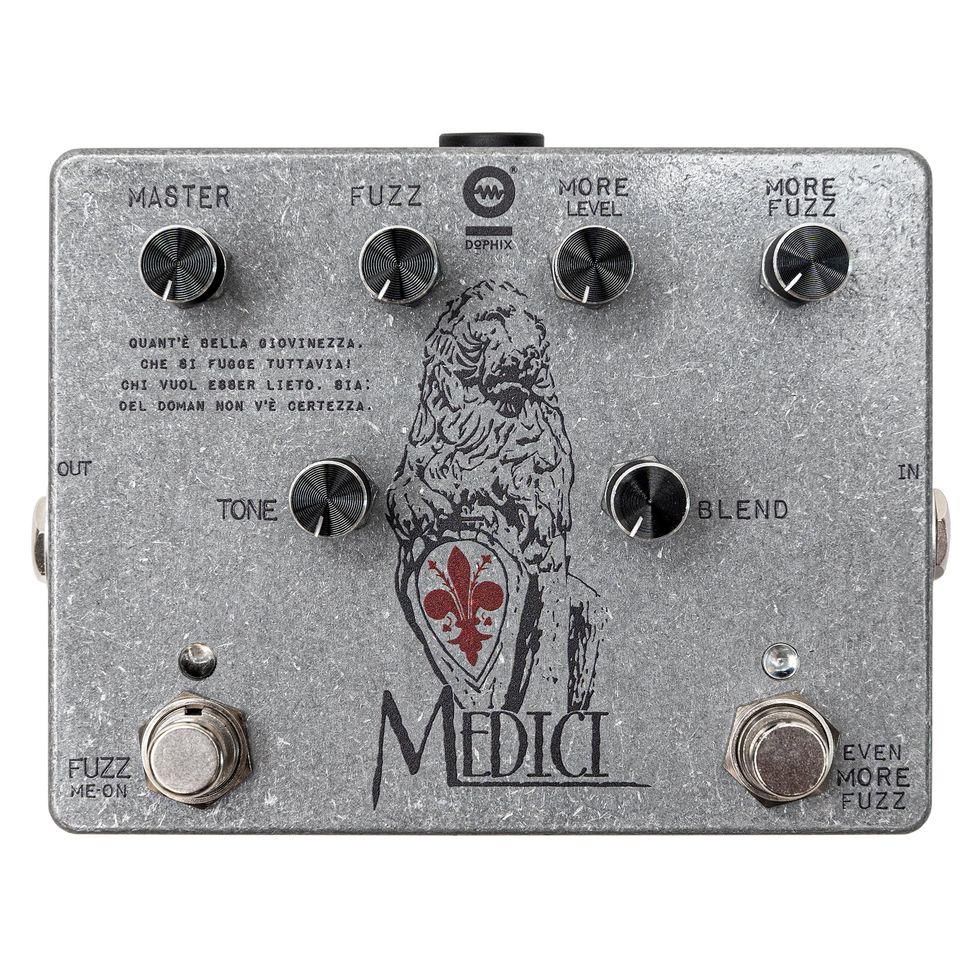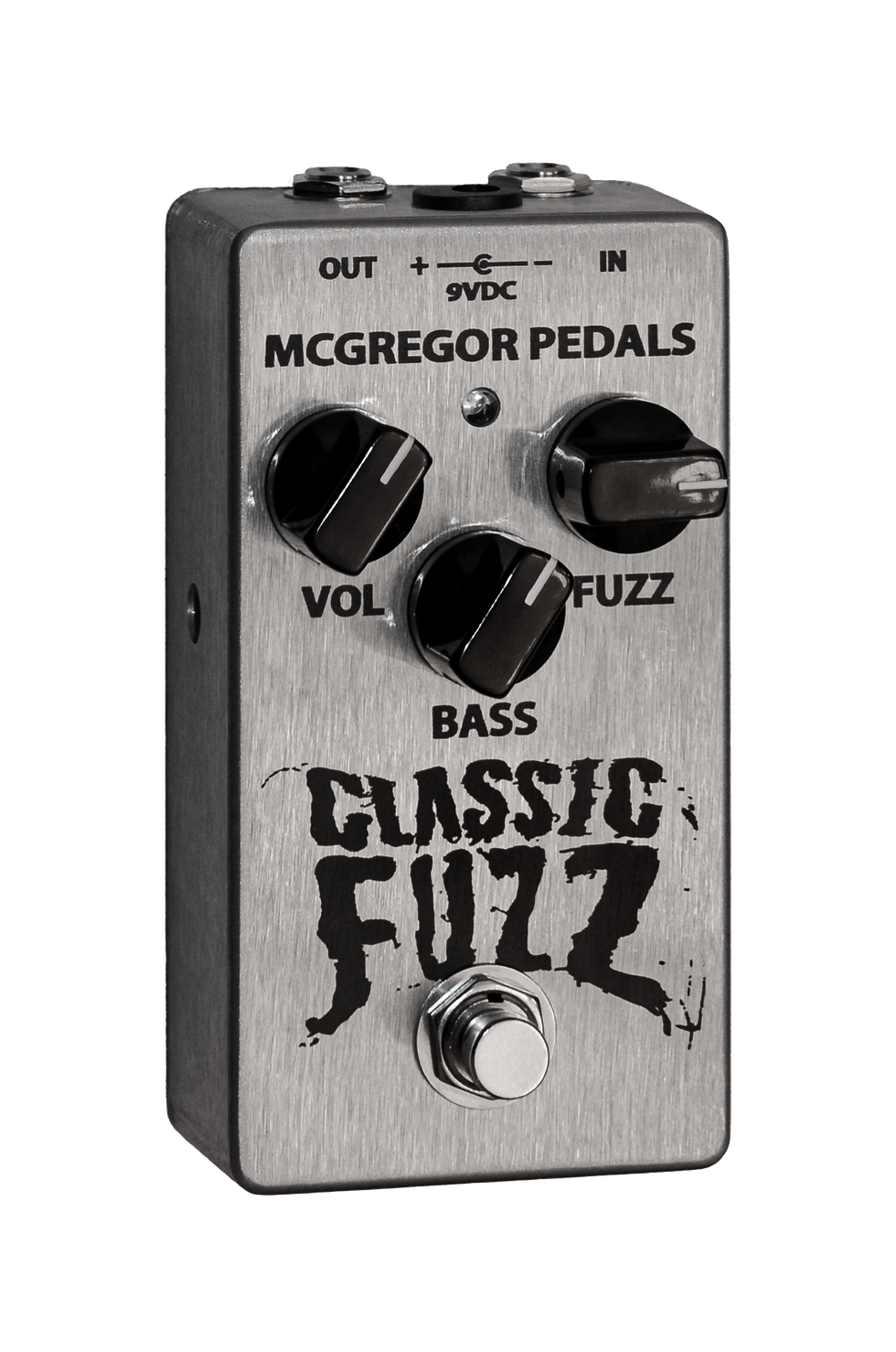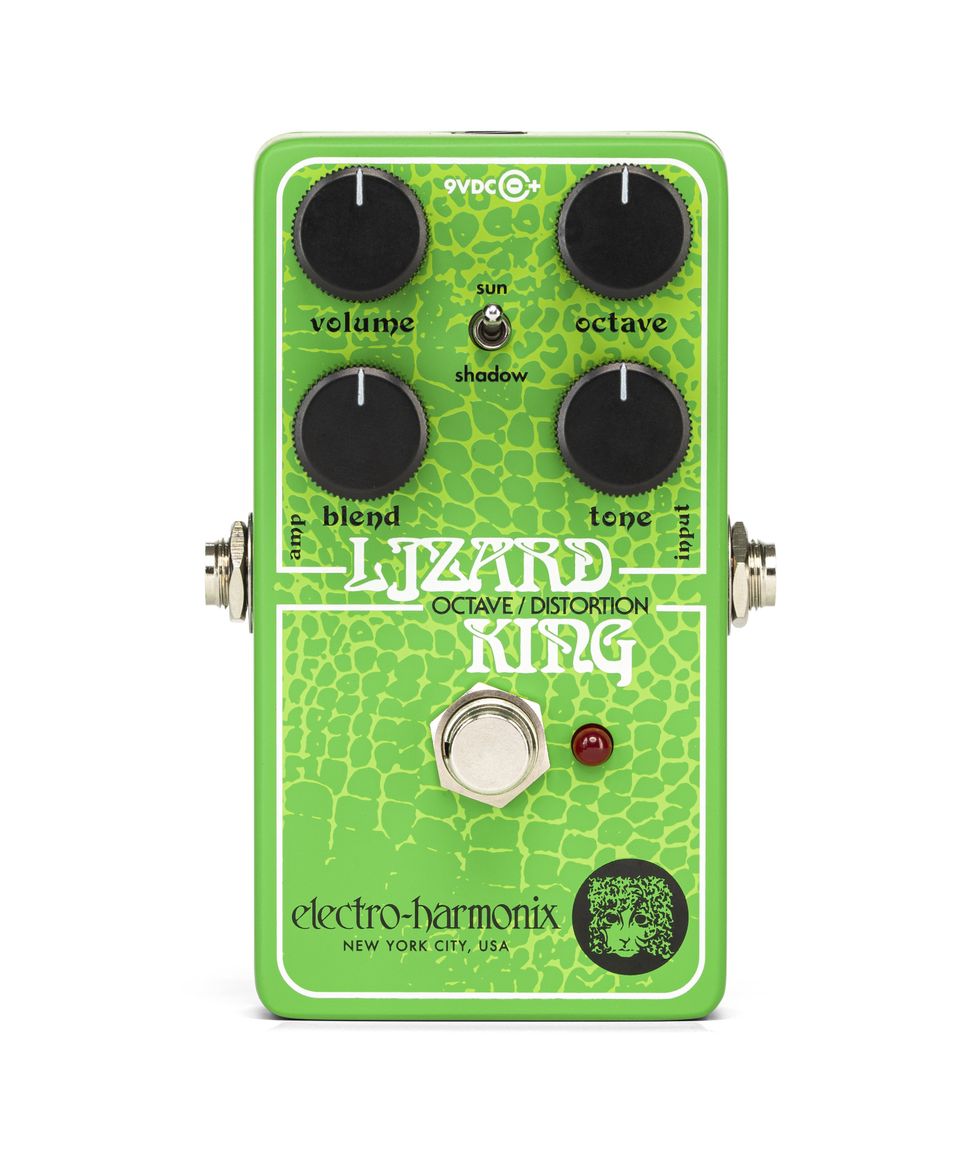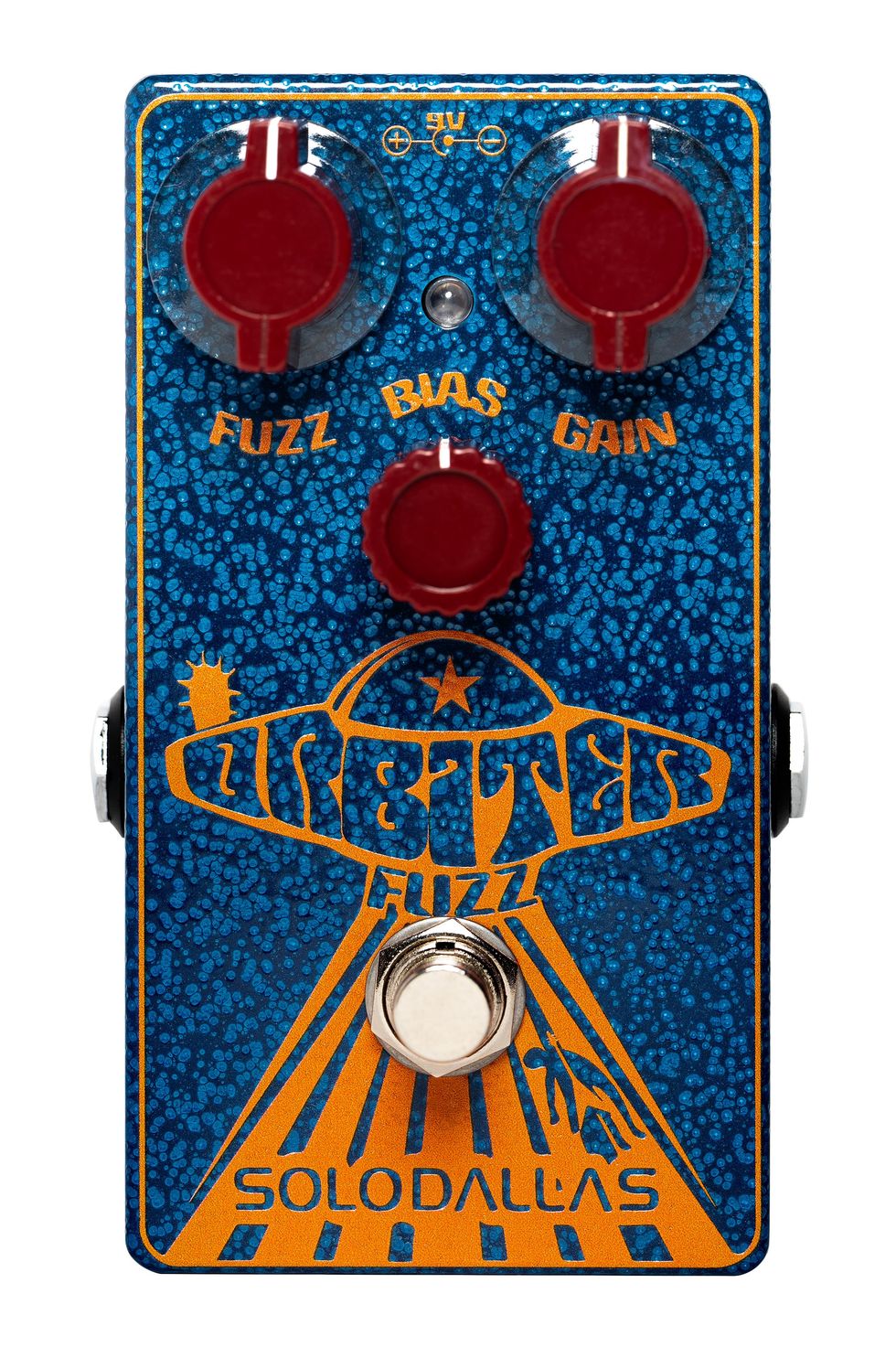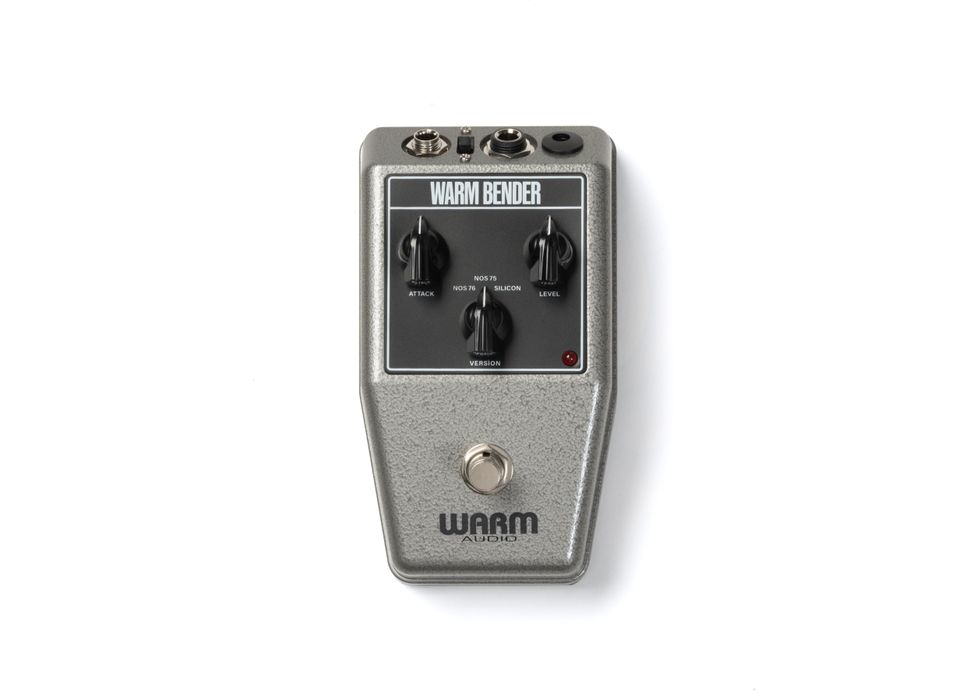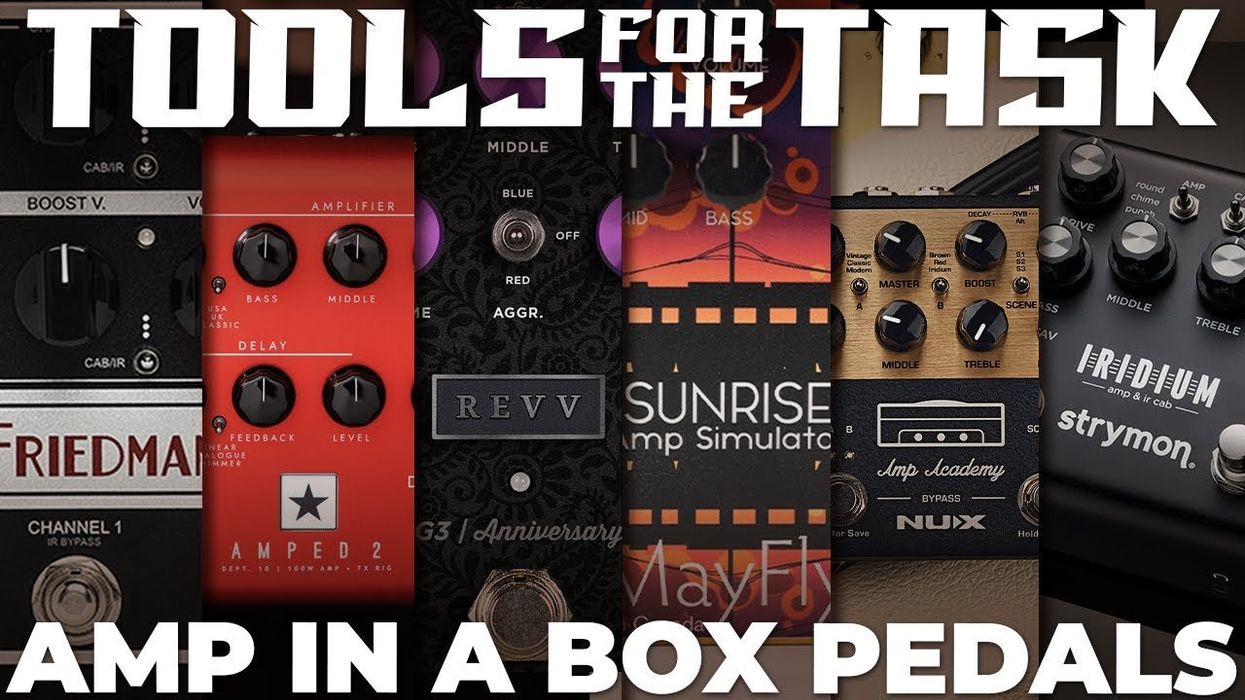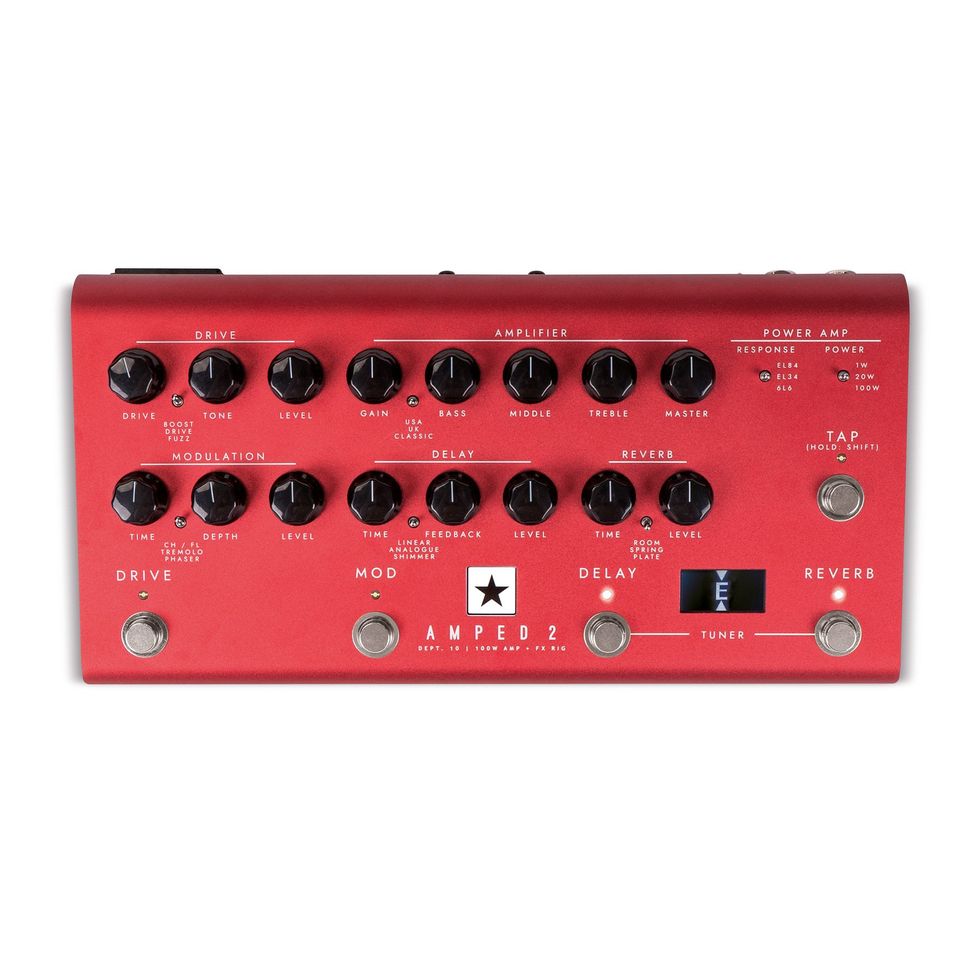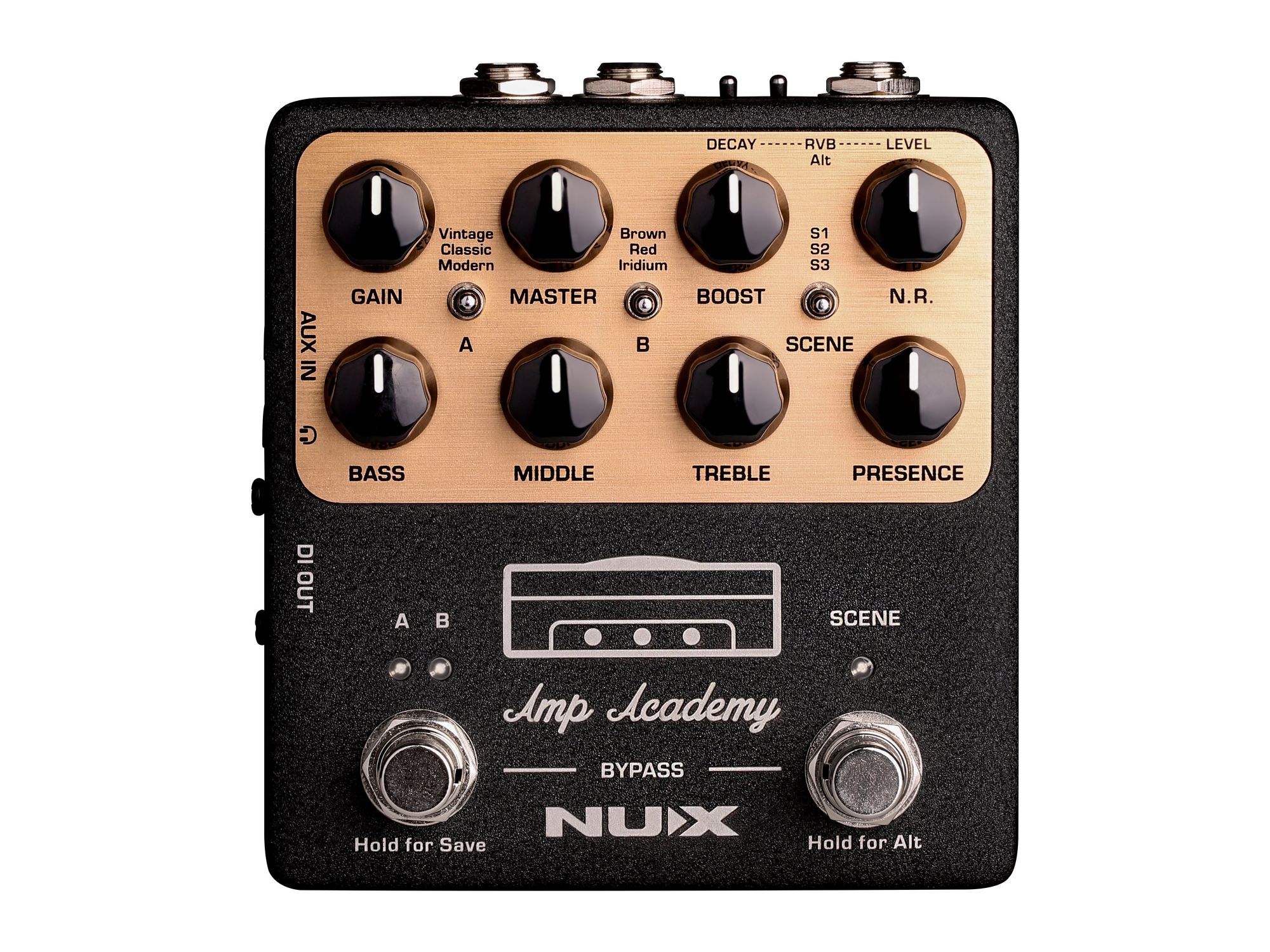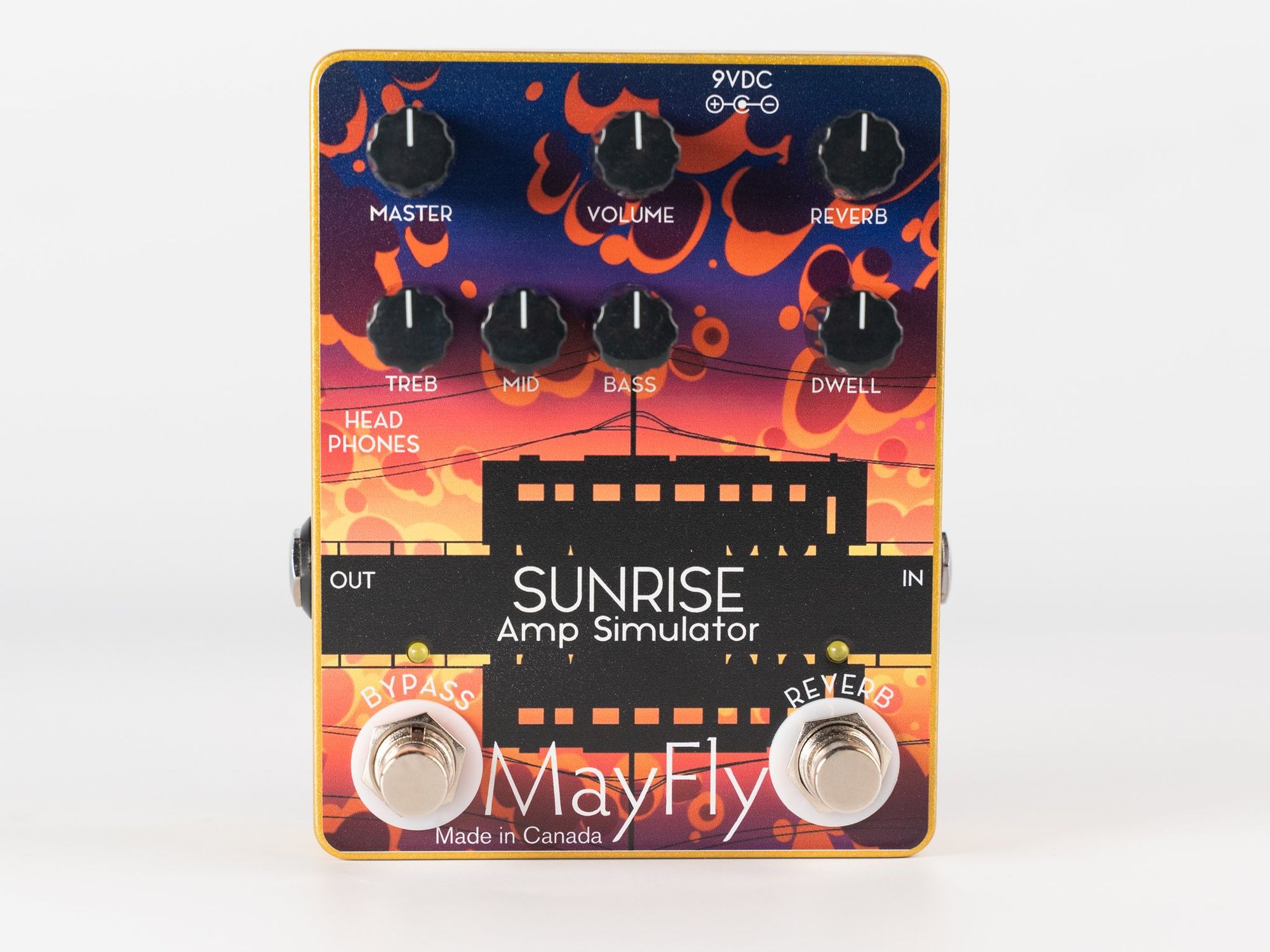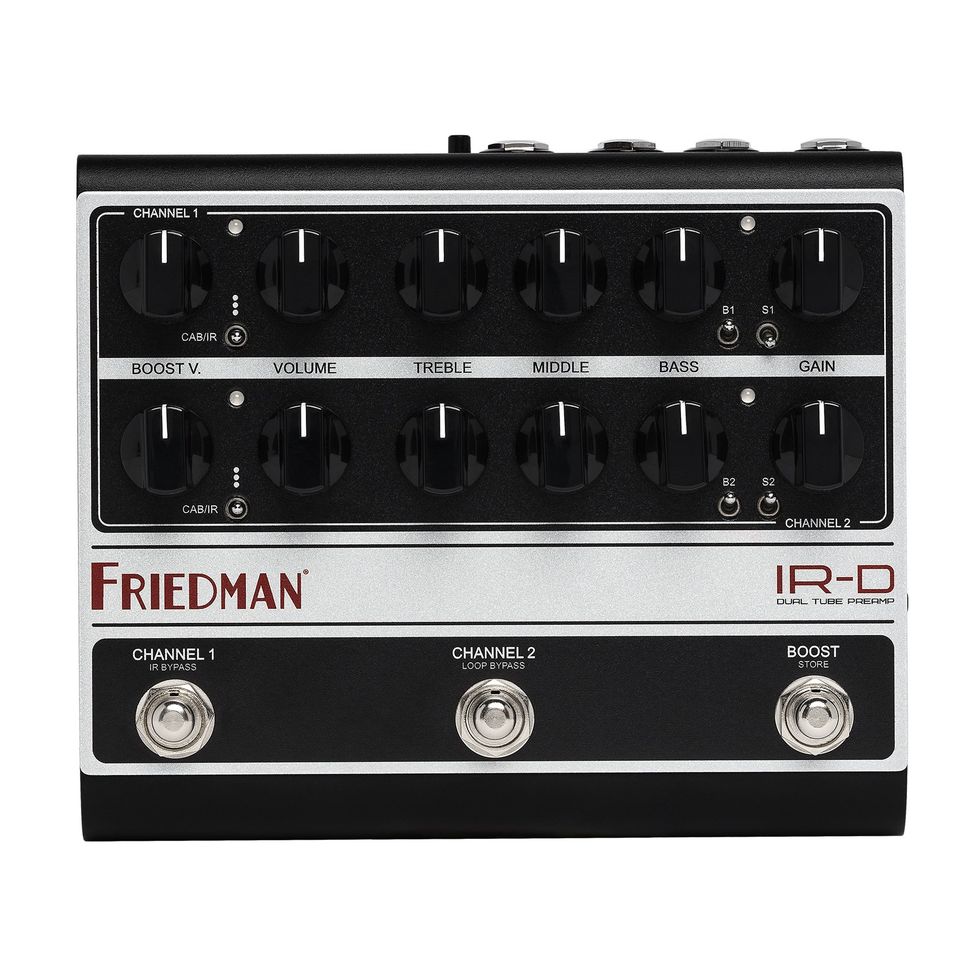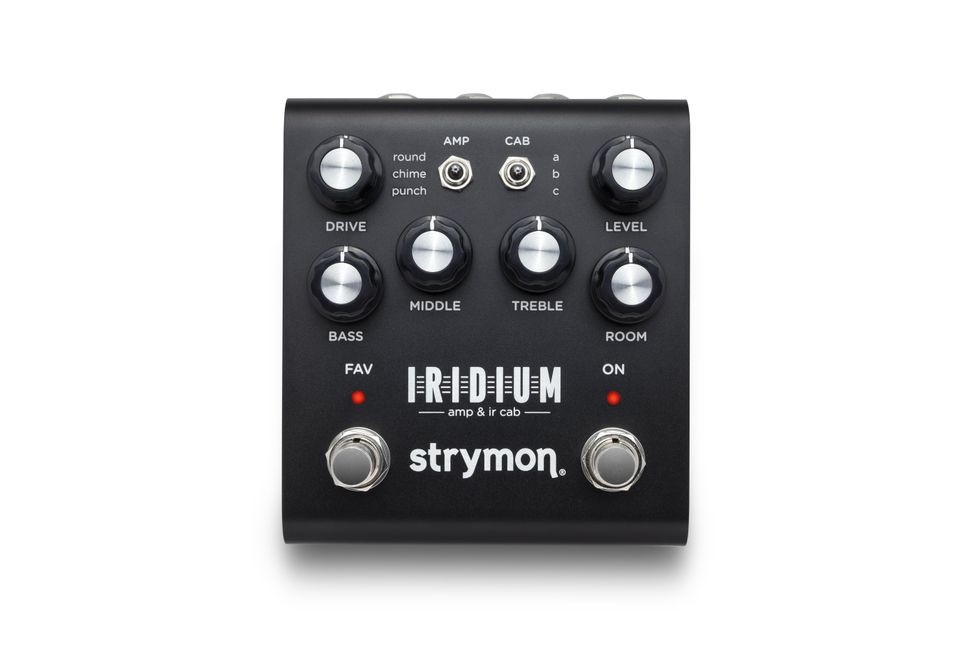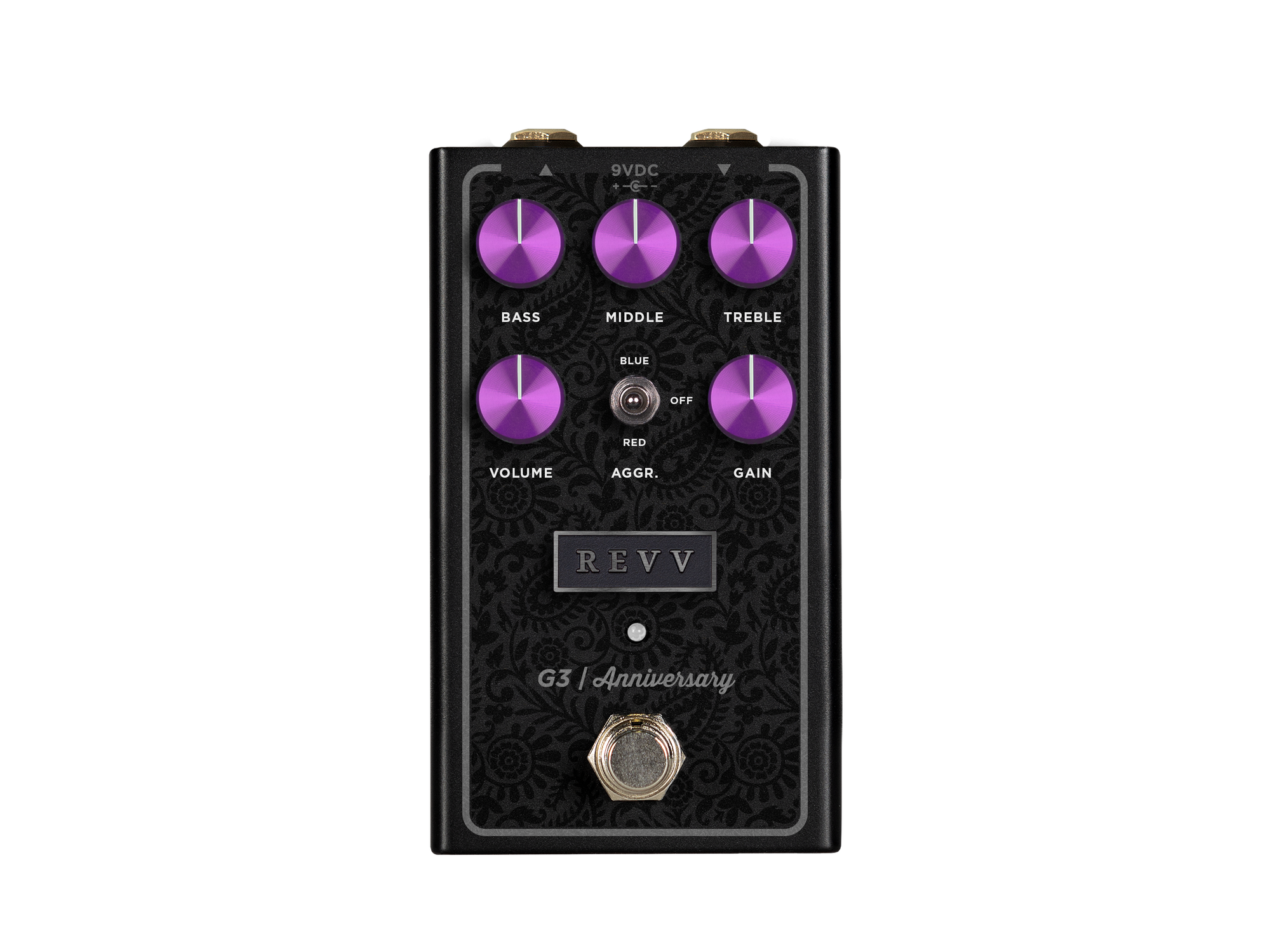As much as we all love juicy, organic guitar tones, it can be just as inspiring to go the opposite way. Combining various modulation effects, envelope filters, oscillators, and more can result in sounds that owe more to Kraftwerk than Led Zeppelin.
Boss SY-1
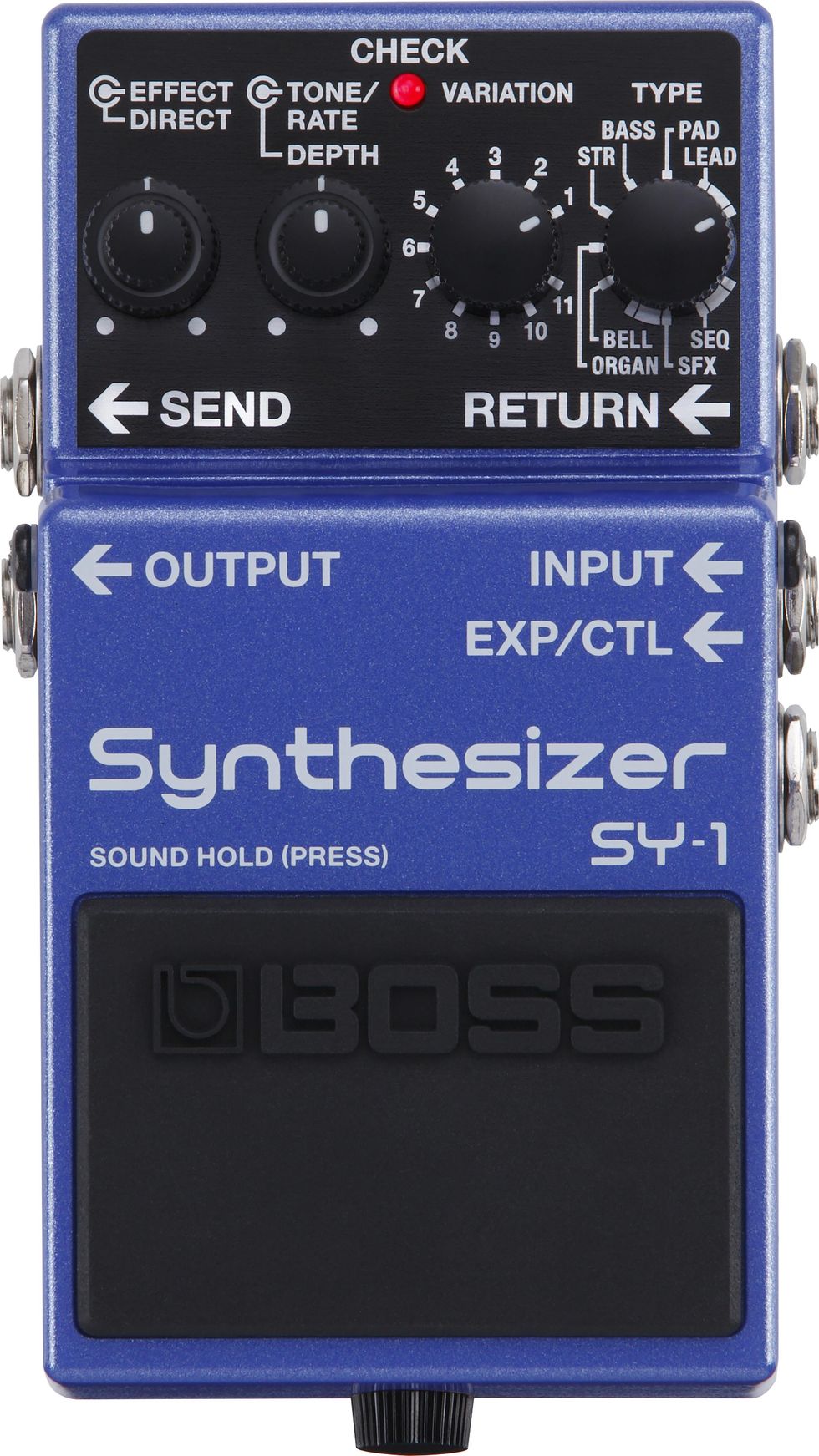
A compact version of the company’s well-known polyphonic synths offers 11 types of sounds each with 11 different variations. It also includes a parallel loop, guitar/bass mode, and expression pedal support.
$212 street
Source Audio C4
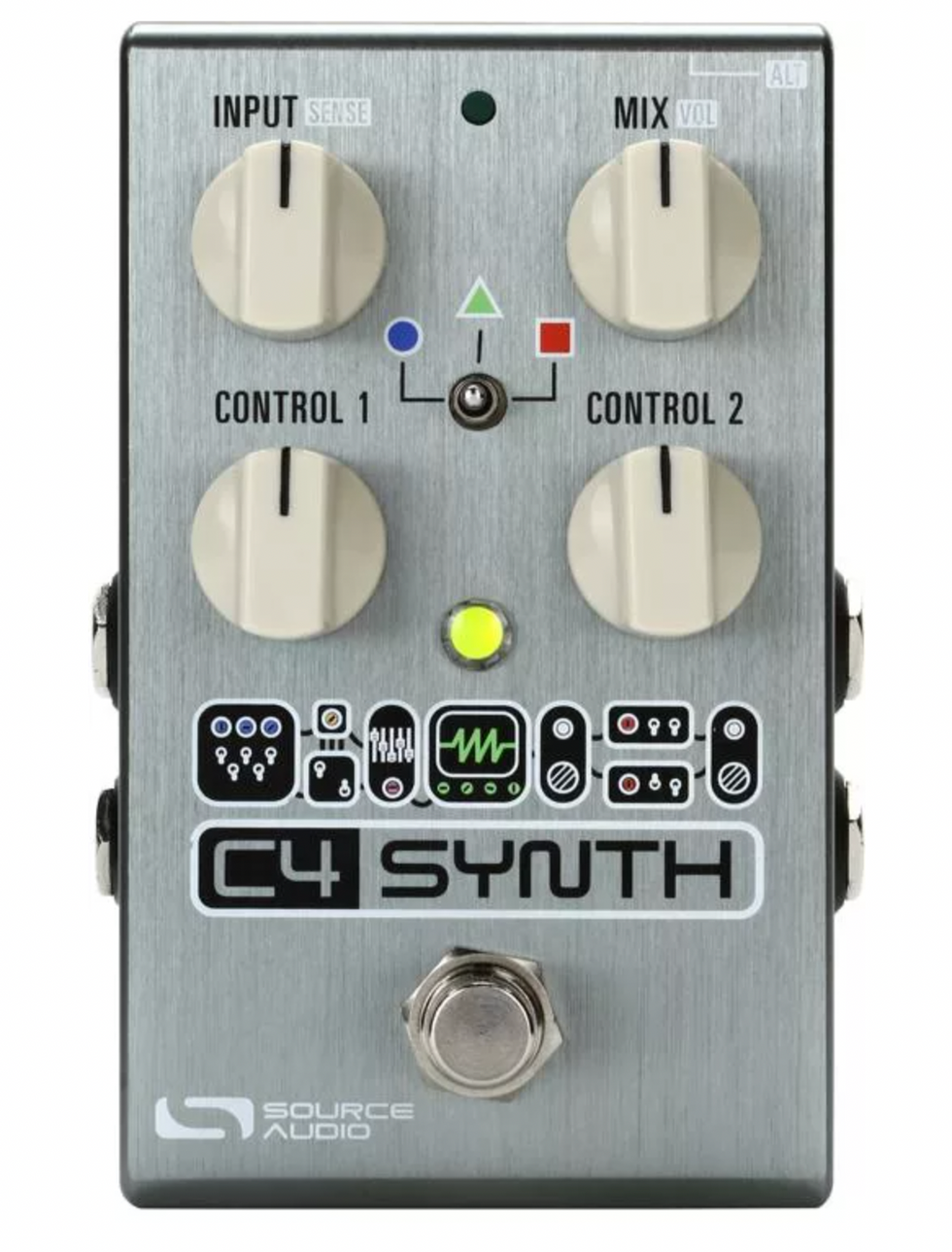
An incredibly deep collection of Eurorack-style tones are available via a rather straight-forward 4-knob setup and the companion Neuro editor (available for Mac, PC, and mobile devices). It offers four independent voices, 11 envelope followers, and two programmable 16-step sequencers.
$239 street
Meris Enzo
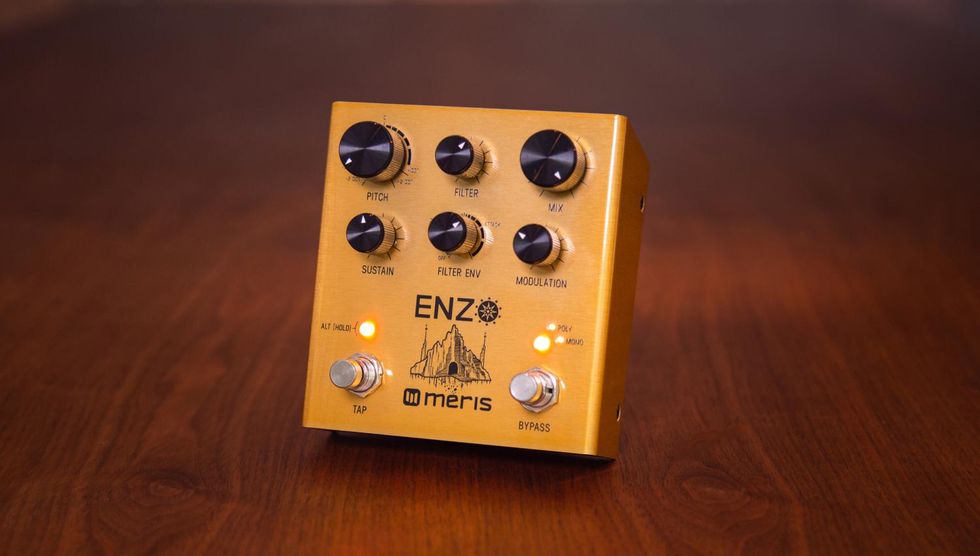
This multi-voice synth is a digital unit with an analog signal path for maximum clarity and response. It has stereo outputs, MIDI, switchable buffered bypass, and more. On the effects side, it houses two tap-modulated delays, mono, poly, and arpeggiated synth modes, and an extremely shapeable envelope.
$299 street
Electro-Harmonix Synth9
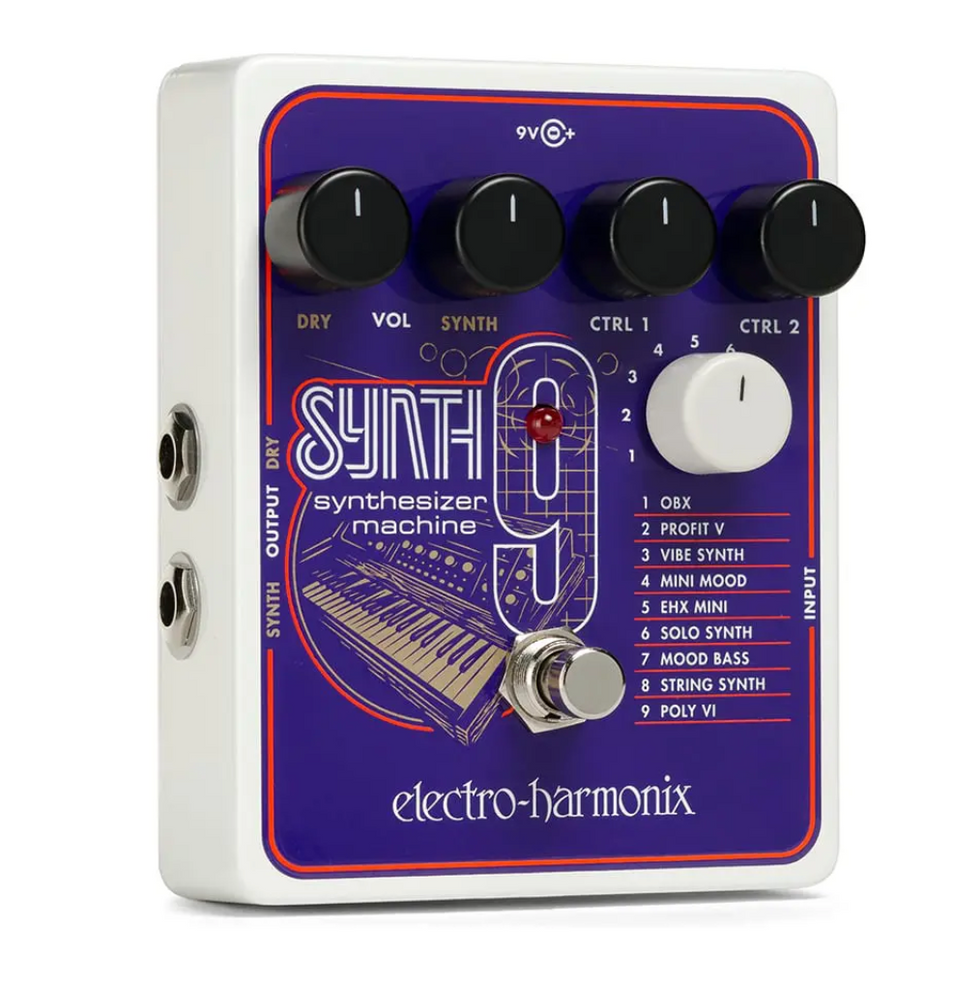
Containing nine different synth voices including emulations of some of the most recognizable synth sounds, this pedal offers independent volume control of both your dry signal and synth signal plus two CTRL knobs that change function depending on the preset.
$247 street
EarthQuaker Devices Bit Commander
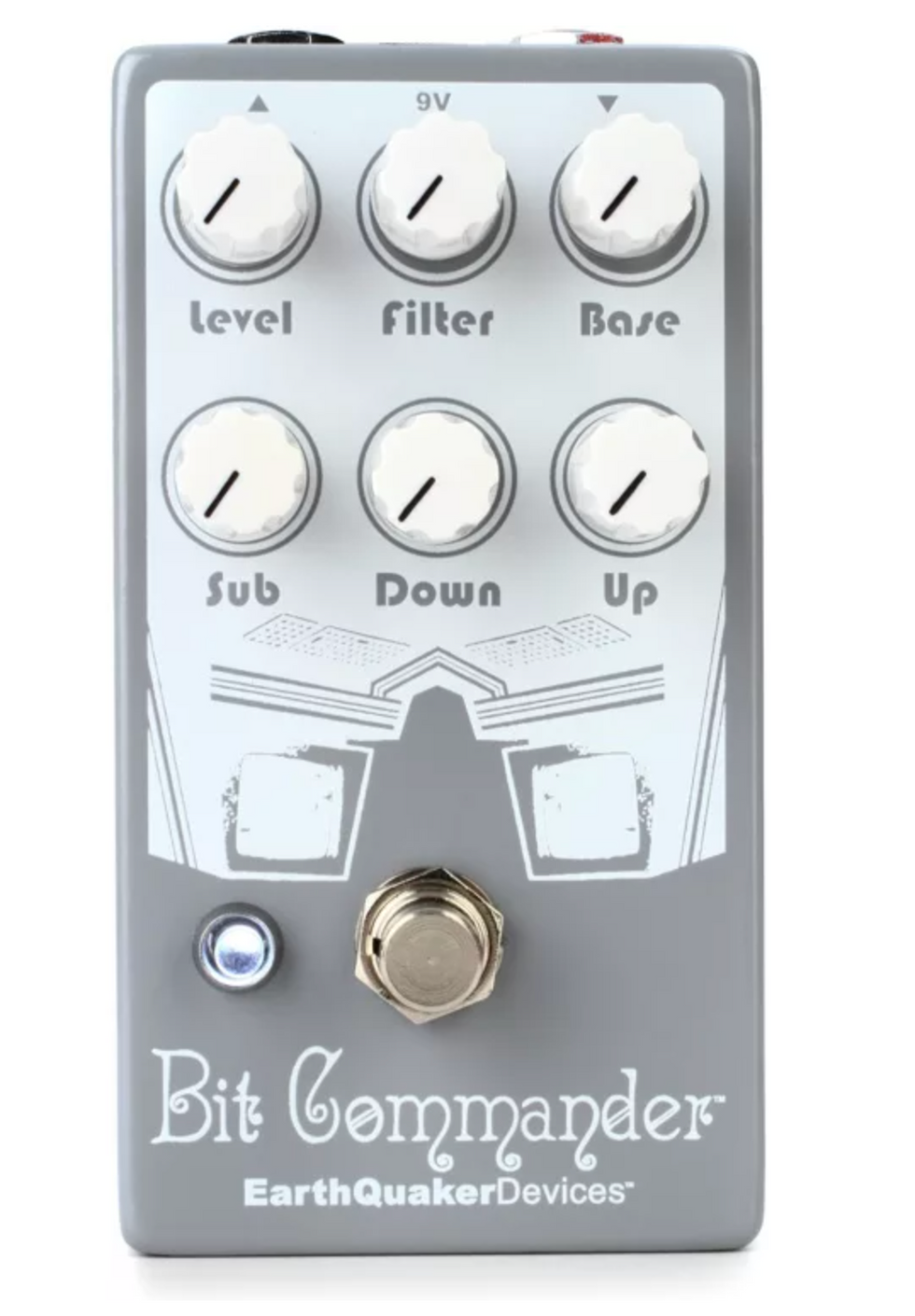
This monophonic analog synth offers a three-octave (one up, one down, and two down) range to blend the glitchy with the pedestrian. Depending on what fret you’re on, the results can be either destructive or spacey.
$189 street
Pigtronix Space Rip
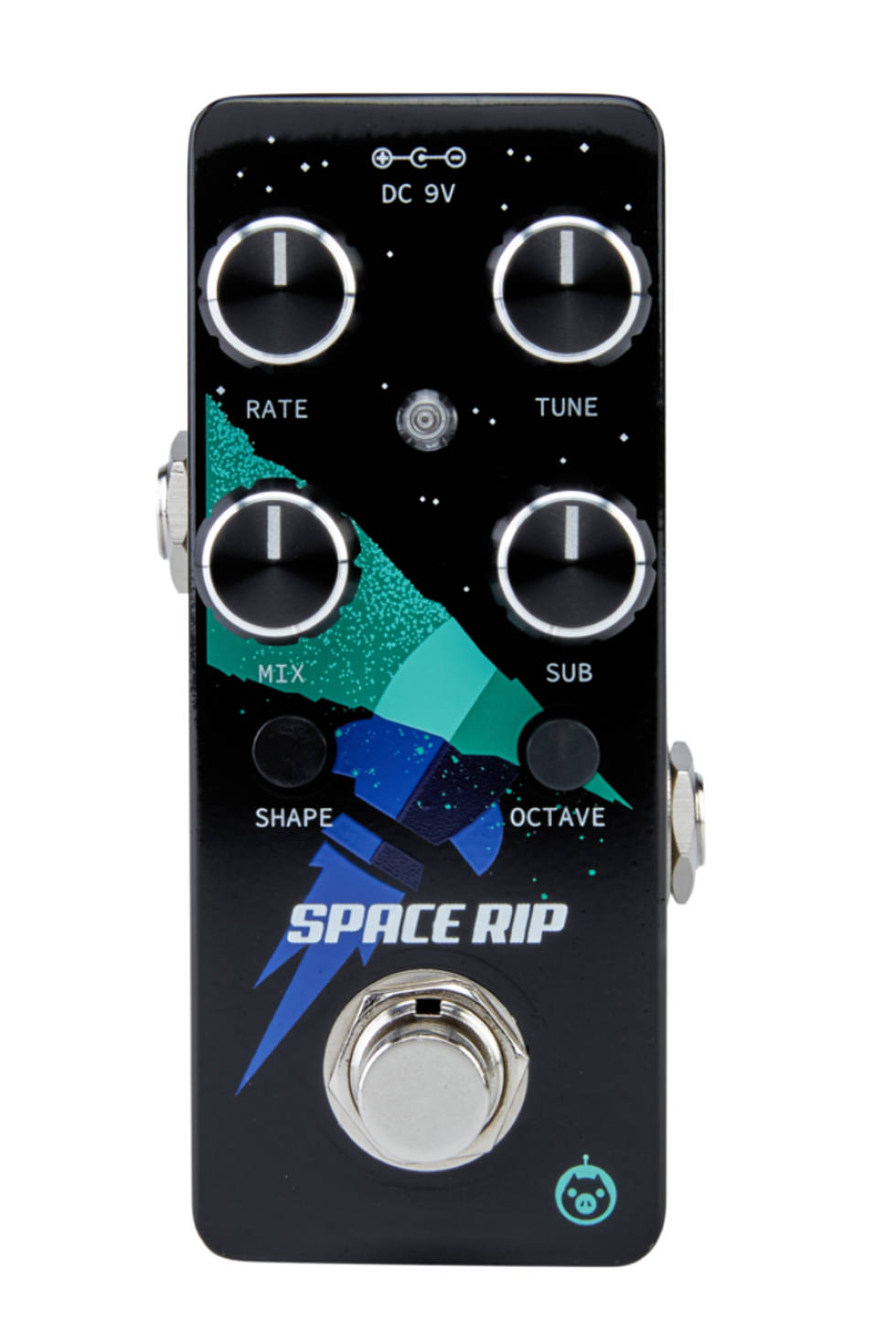
This is tiny pedal that includes an onboard VCO that produces square and sawtooth waveforms that are controlled via rate and tune knobs. It also has an octave button that drops the entire signal down 12 frets.
$179 street
Mooer E7
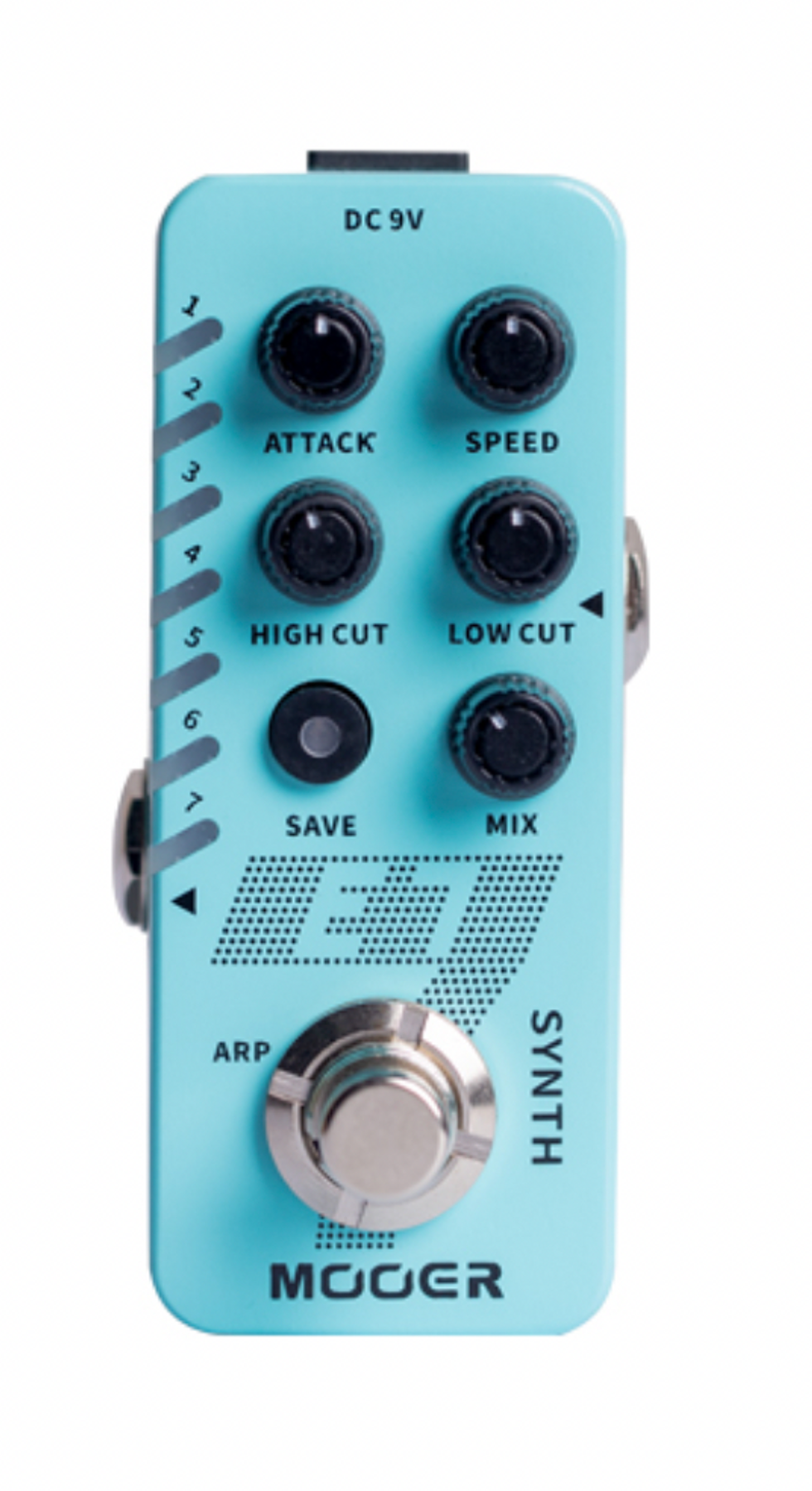
Dig polyphonic synth sounds but don’t have a lot of space? The E7 offers seven different types of synth tones, seven slots for presets, and controls for attack, speed, high and low cut, and mix.
$97 street
mooeraudio.com
Empress Effects ZOIA
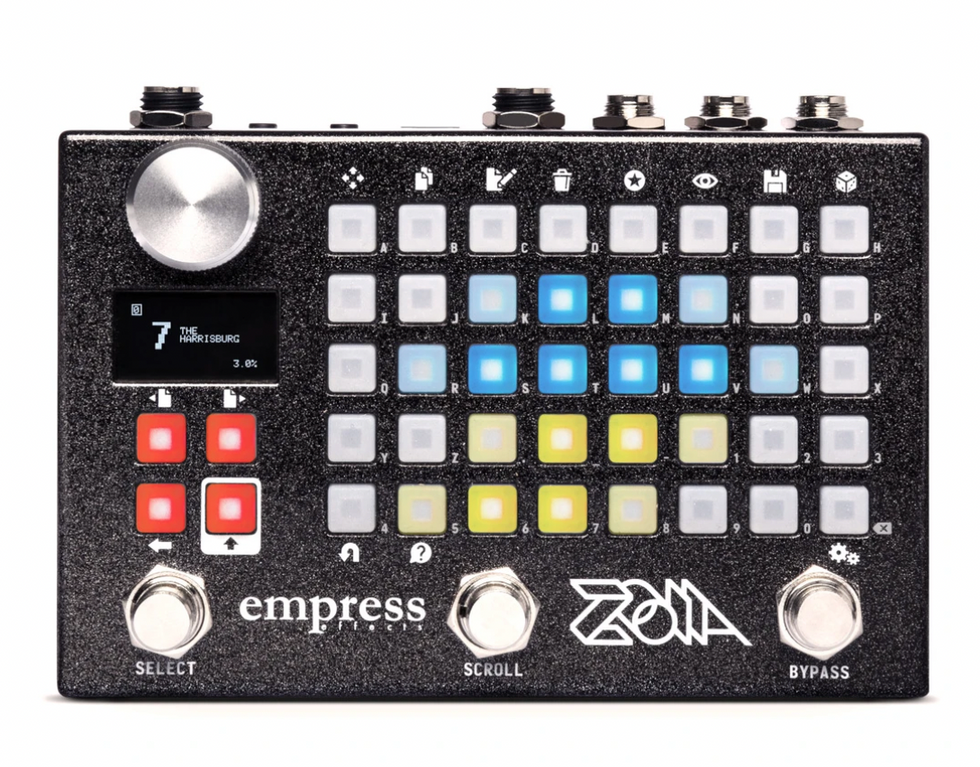
Think of this as a DIY approach to creating your own modular synth. It has a library of more than 80 different modules that cover a host of effects such as delay, reverb, compression, bit crusher, and more. Plus, you can save up to 64 different patches.
$499 street
Red Witch Synthortron II

Packed with two synth oscillators, along with dedicated controls for amplitude modulation and envelope filter, this analog machine offers a wealth of different options that range from wickedly weird trem to sample hold, and more.
$279 street
Keeley Synth-1
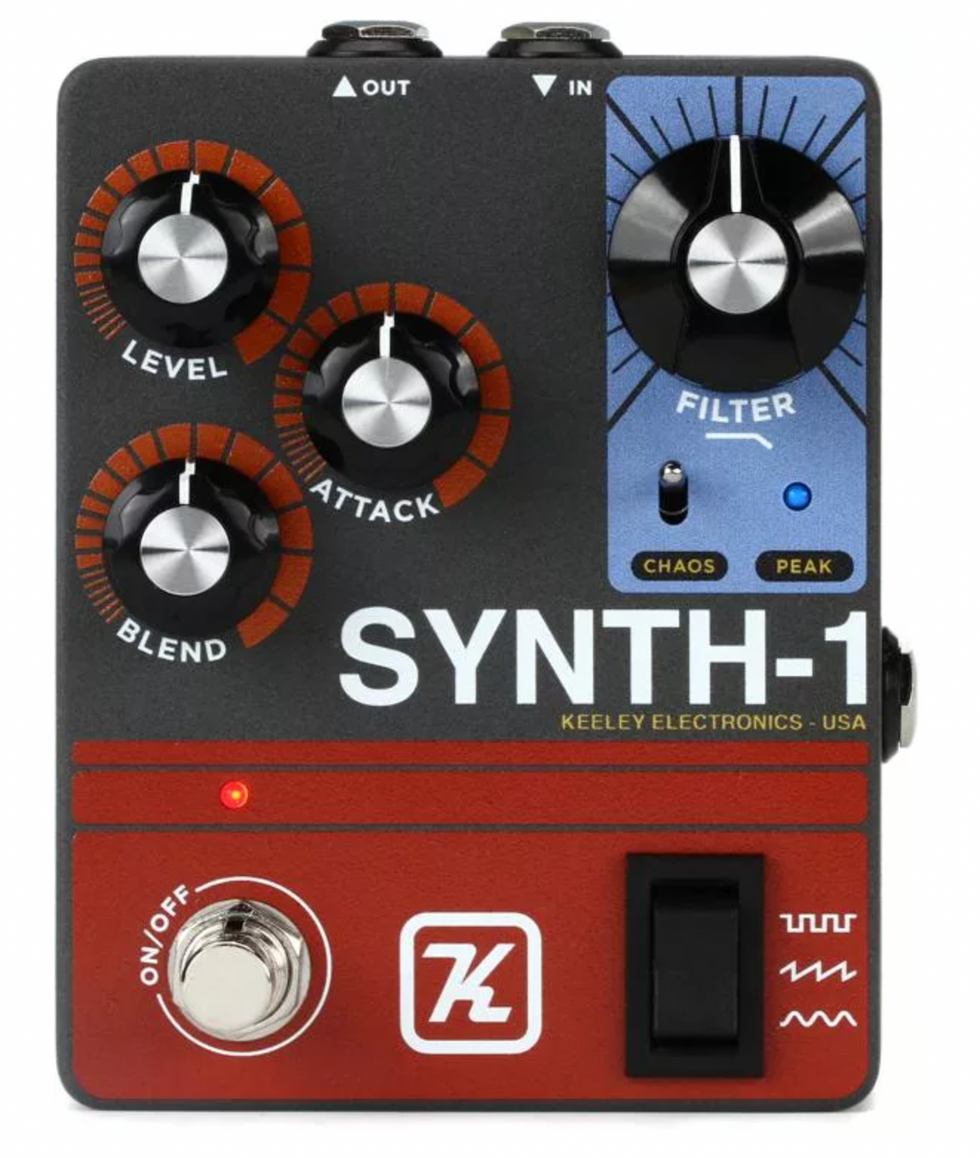
This single-note wave generator offers quite a few different sounds via a relatively simple control set. It has attack, level, and blend knobs along with a powerful filter section that shapes the EQ of the fuzz. You can also hook up a TRS expression pedal to alter the filter in real time.
$179 street
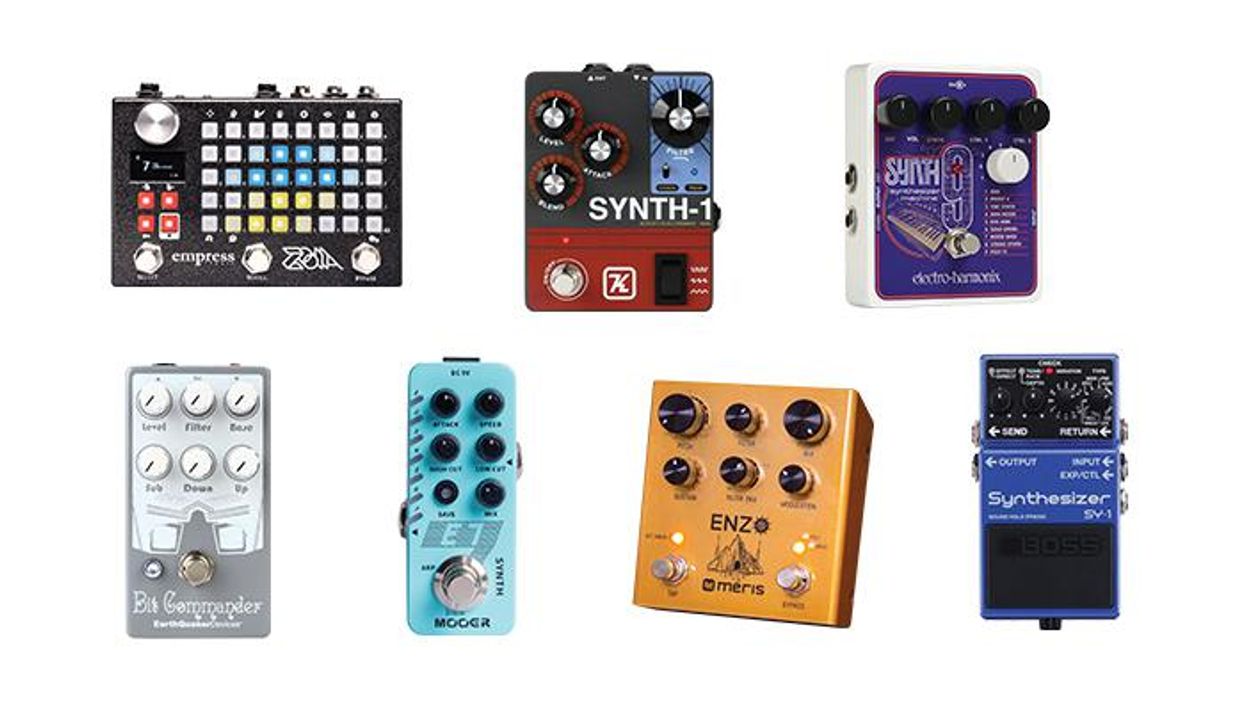


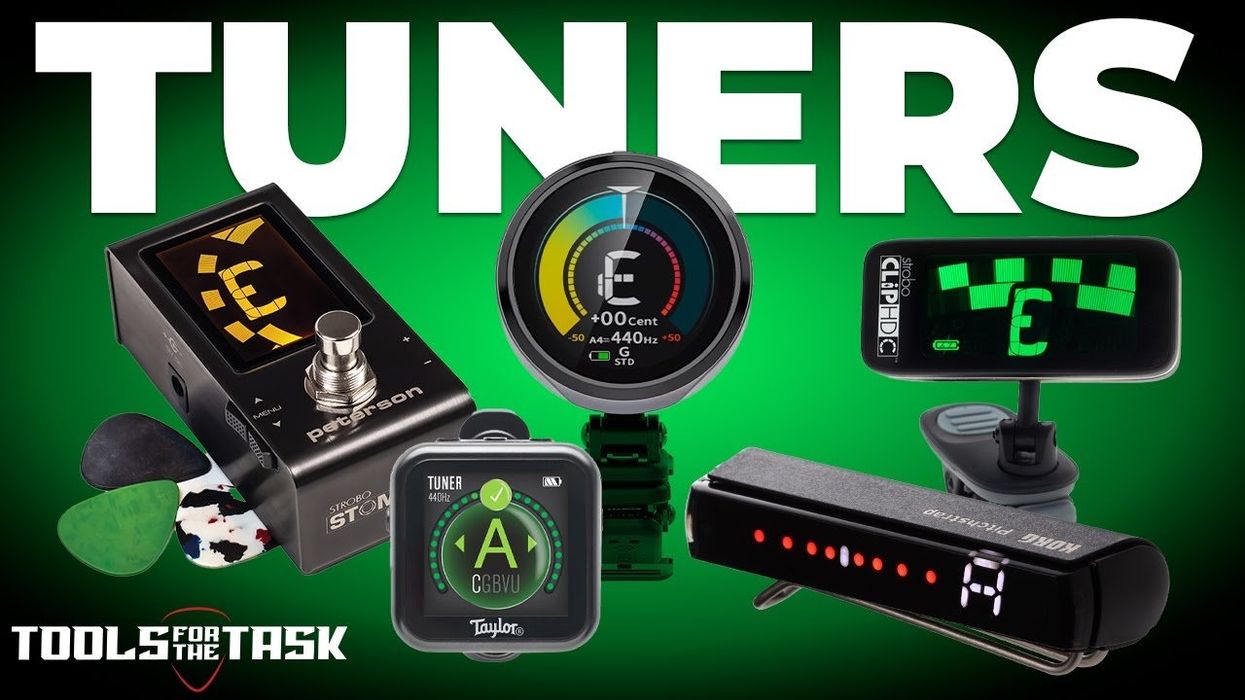
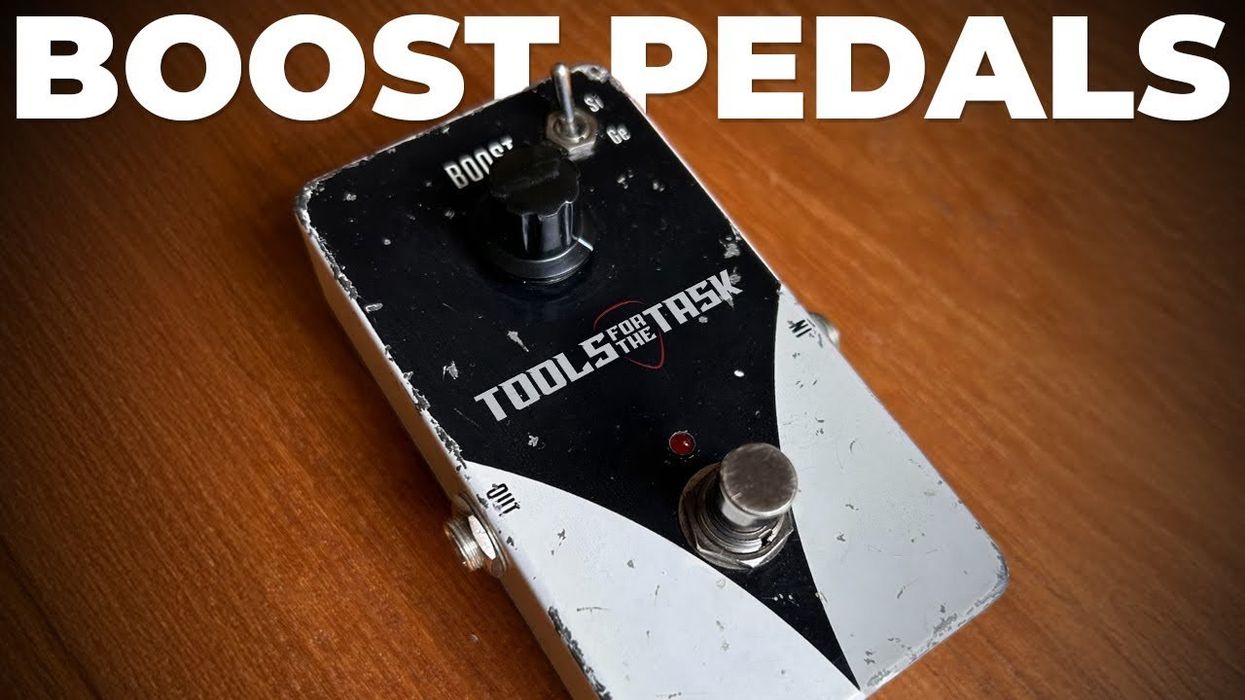

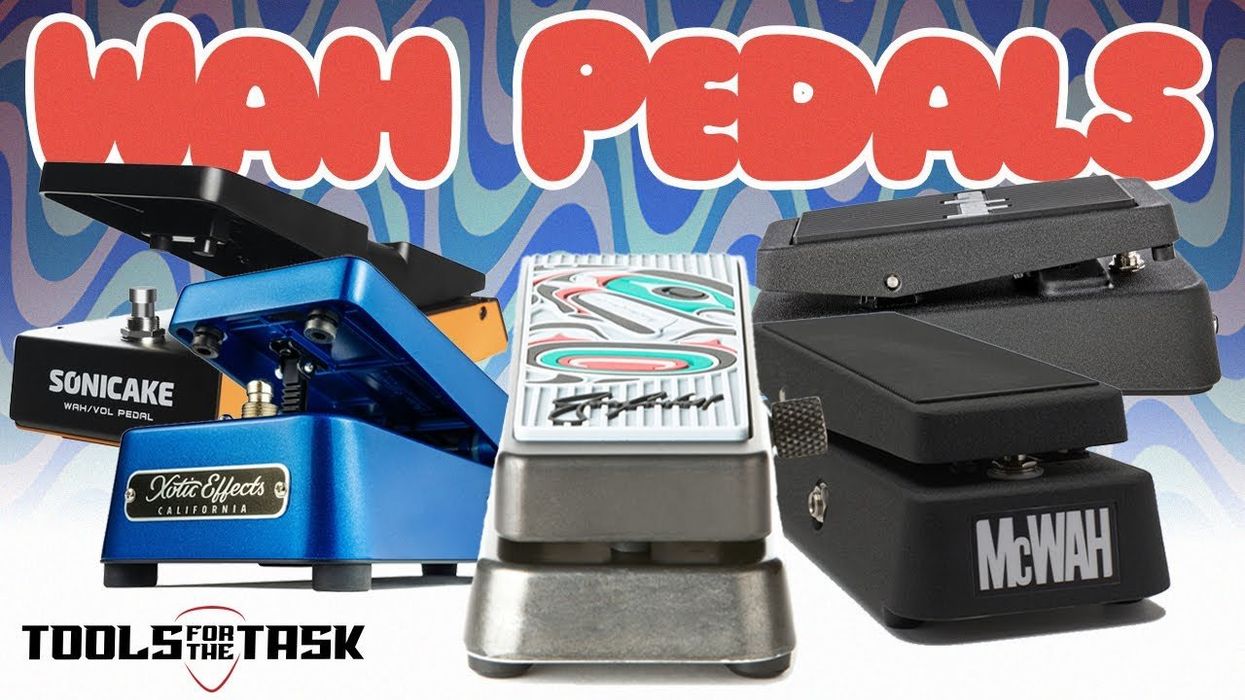

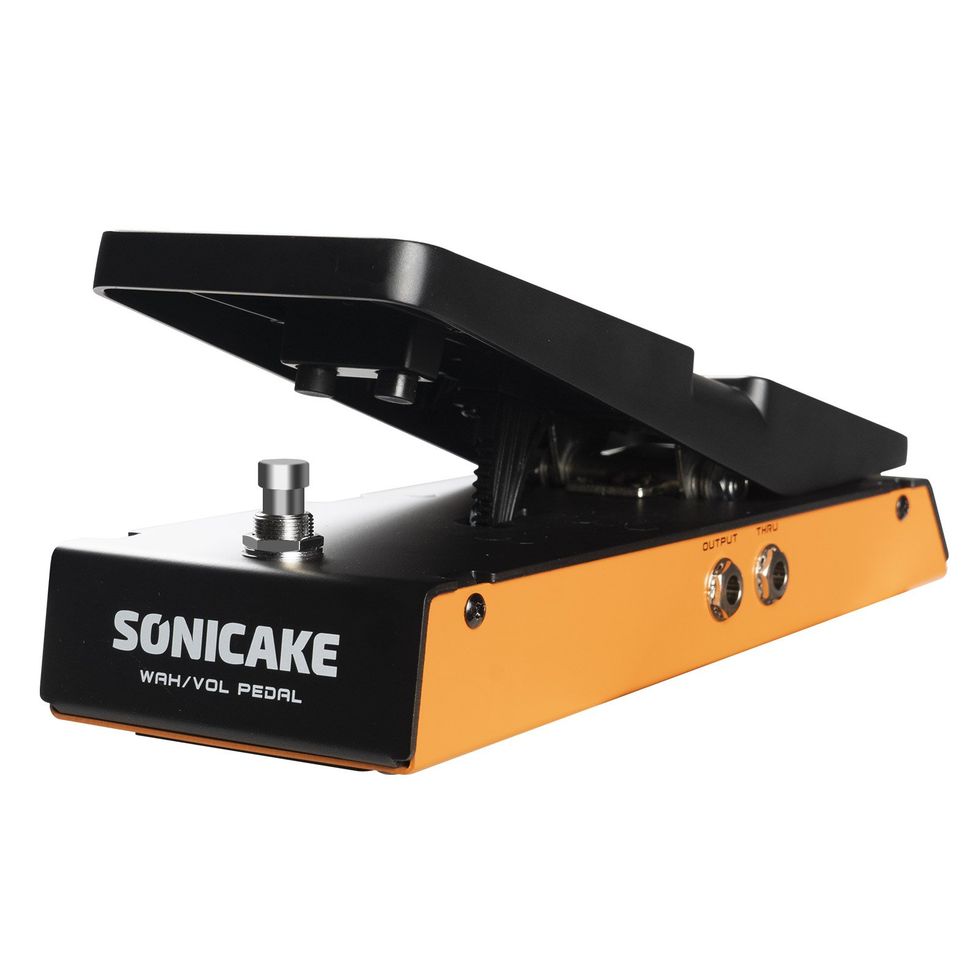
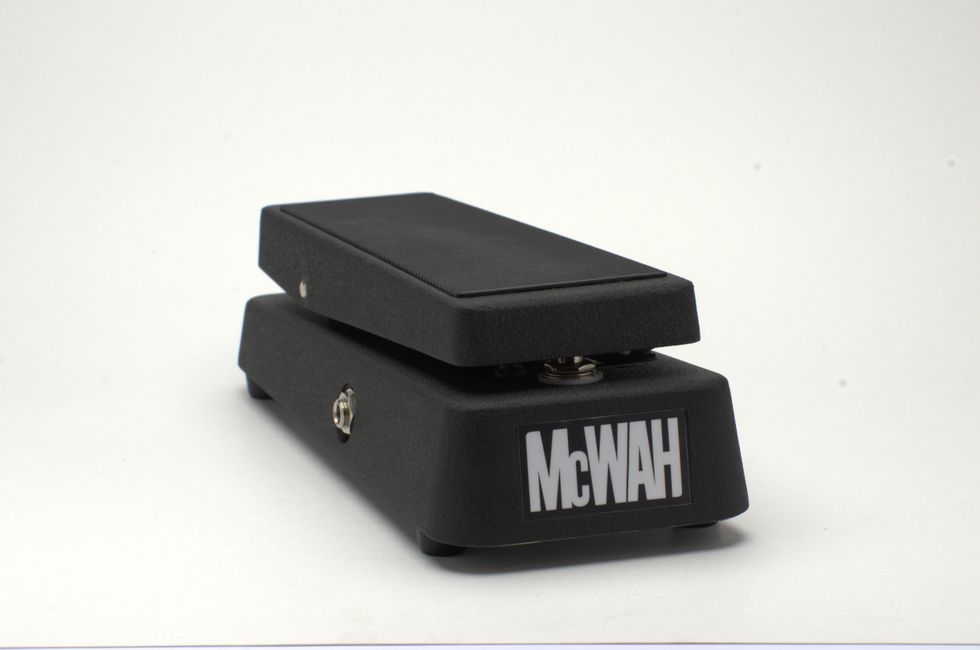




![Rig Rundown: AFI [2025]](https://www.premierguitar.com/media-library/youtube.jpg?id=62064741&width=1245&height=700&quality=70&coordinates=0%2C0%2C0%2C0)
